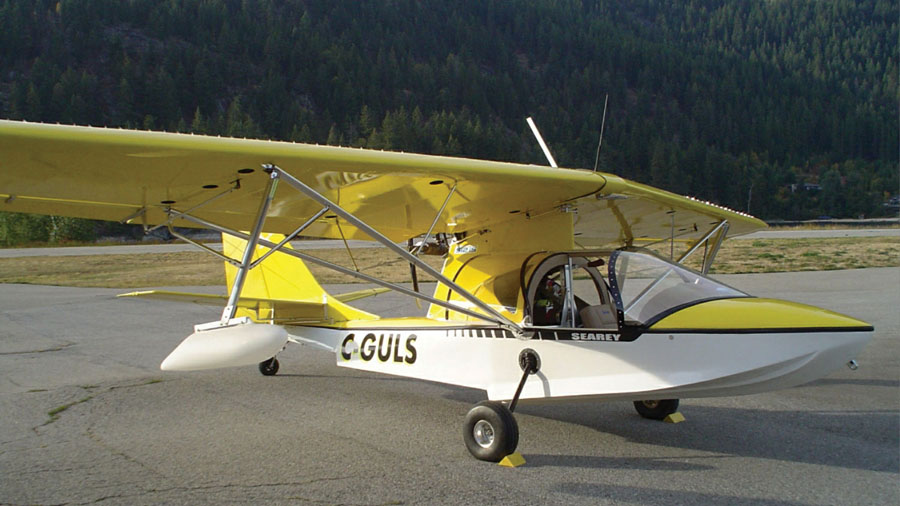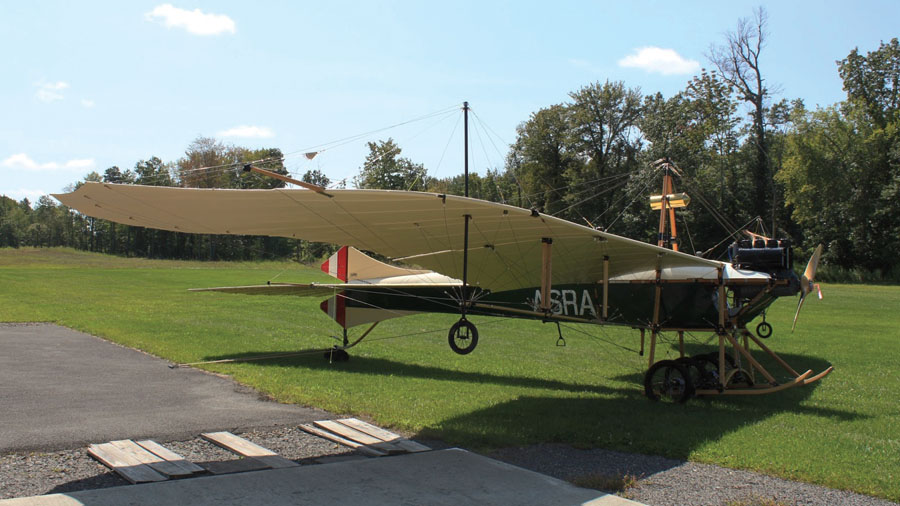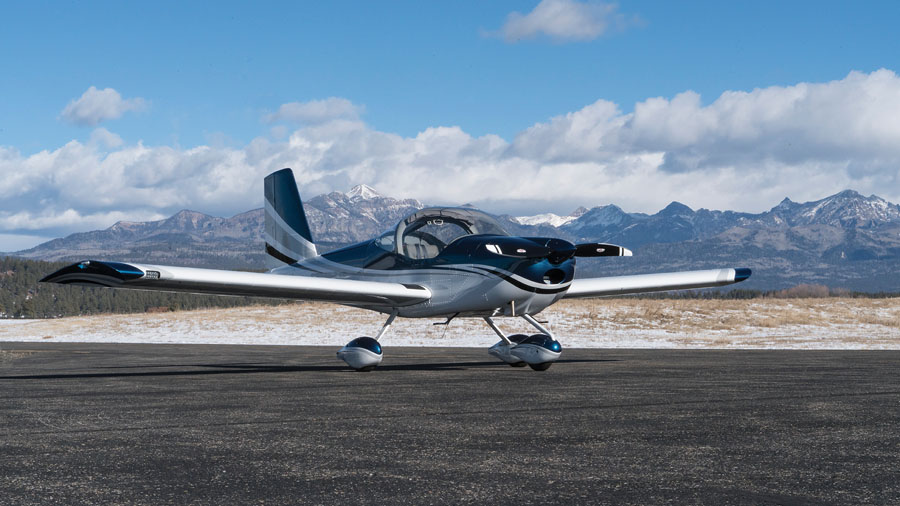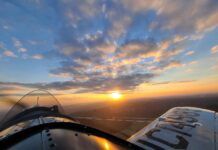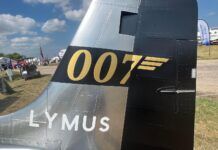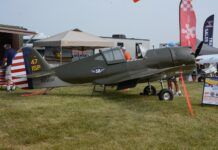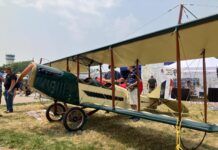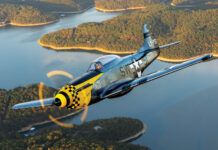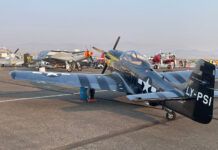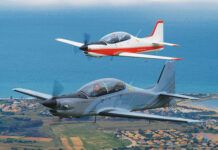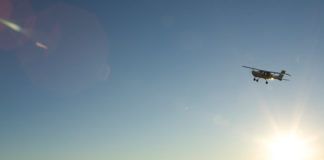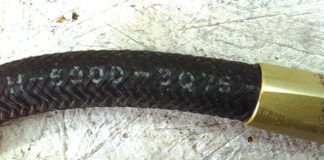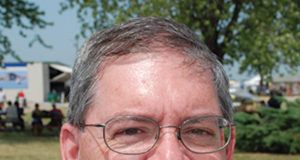Bob Schmitz and Glen Clarke’s Searey
This Searey LSX amphibian was built over a three-year period by owners Bob Schmitz and Glen Clarke in Nelson, British Columbia, Canada. Initial flights in September 2018 were trouble-free with the normal adjustments.
C-GULS features a fiberglass hull, Friese ailerons, and manual flaps. Empty weight is 994 pounds, and gross weight is 1500 pounds. It is powered by a Rotax 912 iS, and the prop is a 72-inch 3-blade Koolprop with scimitar blades. Day VFR instrumentation includes a 10-inch Dynon SkyView EFIS, Flightline FL-760 VHF com radio, and an Artex 406 MHz ELT.
Nelson, British Columbia
Michel Fithian-Eyb’s 1912 Taube Series F Replica
Sometime after my grandfather passed away, I ran across a curious photo of him in an airplane. It turns out it was a 1912 Taube. I decided to build a full-scale flying replica with a 47-foot wingspan. It took five years of research and 11 years of building, and the successful maiden flight was accomplished on July 8, 2018.
It flies as expected, a bit twitchy, but controllable. It employs wing warping, actually aileron-warping controls; the control surfaces are all attached to bamboo. I used a 130-hp de Havilland Gipsy Major 1C engine. The original used a problematic water-cooled Daimler 90 designed by Porsche. Wing folding hinges make it possible to store the Taube in the hangar; the originals were just steel straps. Covering is Ceconite instead of linen, which would only last two years. Paint is Behr Premium outdoor latex, which holds up great. See my blog for more details and photos.
Modena, New York
John Vander Horck’s RV-12
After three years and 1800 hours of construction, my Rotax 912 ULS powered Van’s RV-12 first flew on May 20, 2017, at Archuleta County Stevens Field in Pagosa Springs, Colorado (field elevation 7664 feet, morning density altitude well over 9000 feet).
It is equipped with a single 10-inch Dynon SkyView Touch EFIS with autopilot, ADS-B In and Out, a Garmin Com radio and a full Flightline interior. The exterior paint scheme was designed by Ernest Tulfer and applied by Dwight Tulfer of Animas Aero Design, Durango, Colorado.
For a more finished look, I added the optional glareshield, wheel pants, stabilator tips, full strobe, navigation and landing lighting, and USB power for my RAM-mounted 10-inch iPad running Foreflight. I also fully enclosed all of the exposed tooling holes in the wing tips. Construction, initial flight tests, production acceptance procedures, final tweaking, and electrical wring-out could not have been accomplished without help from Craig Taylor, Michael Arbuthnot, and my wife Stacey. Prior to my first flight, I took six hours of transition training with Van’s Aircraft in Aurora, Oregon. It is highly recommended.
Pagosa Springs, Colorado
BUILDERS SHARE THEIR SUCCESSES
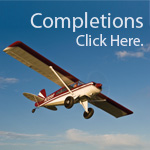 Submissions to “Completions” should include a description (a few paragraphs only—250 words maximum) of the project and the finished aircraft. Also include a good color photograph of the aircraft. Please include a daytime phone number where we can contact you if necessary. Also indicate whether we may publish your address in case other builders would like to contact you. Send submissions to [email protected] with a subject line of “Completions.” Photos must be high-resolution—300 dpi at a 3 x 5 print size is the minimum requirement.
Submissions to “Completions” should include a description (a few paragraphs only—250 words maximum) of the project and the finished aircraft. Also include a good color photograph of the aircraft. Please include a daytime phone number where we can contact you if necessary. Also indicate whether we may publish your address in case other builders would like to contact you. Send submissions to [email protected] with a subject line of “Completions.” Photos must be high-resolution—300 dpi at a 3 x 5 print size is the minimum requirement.

